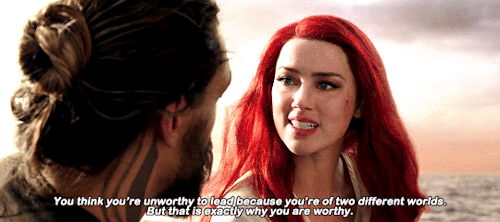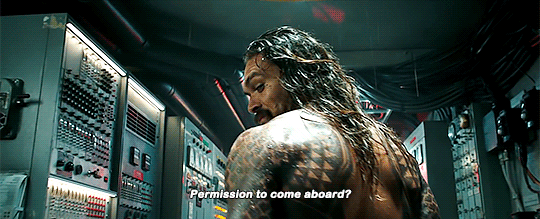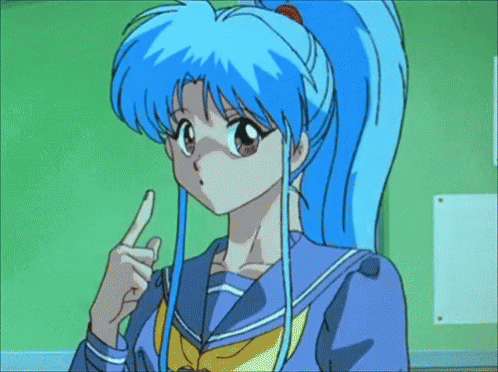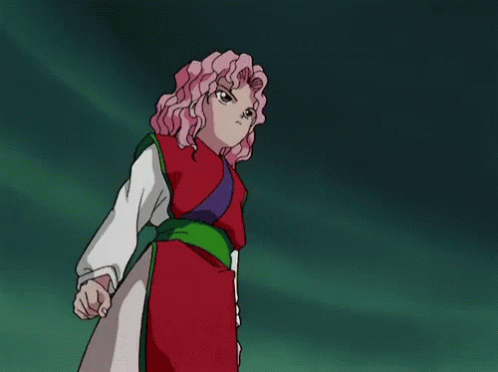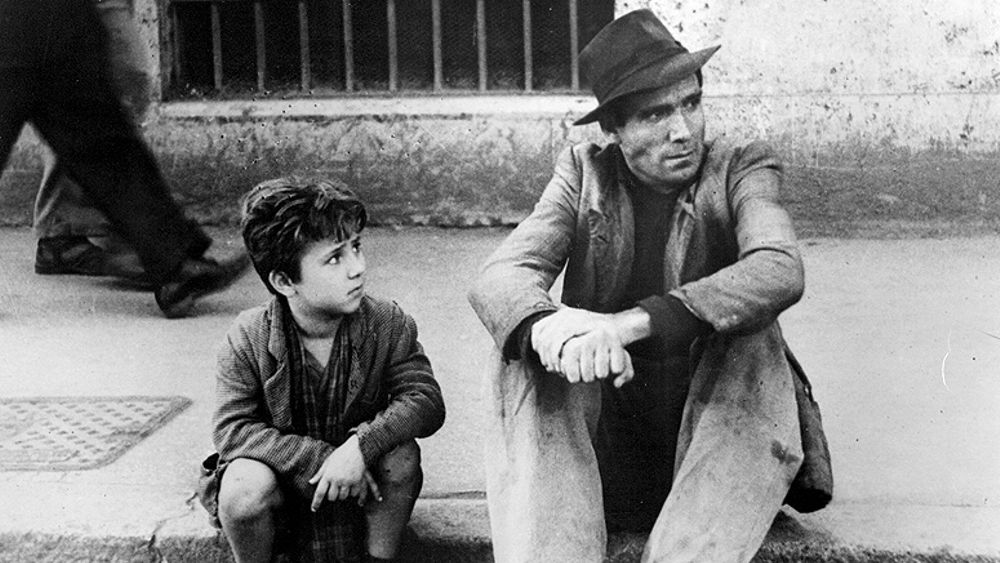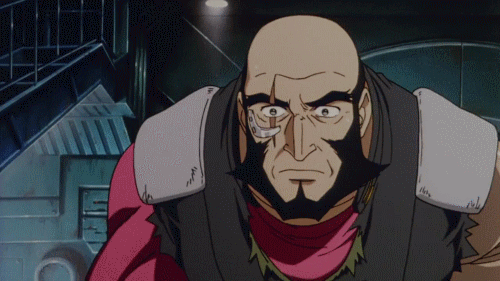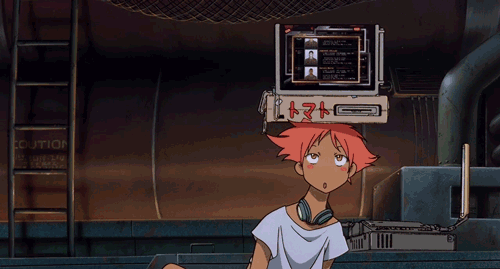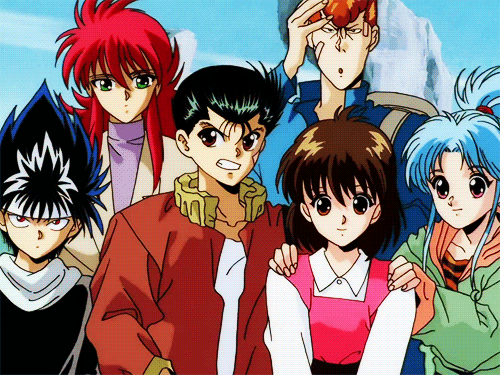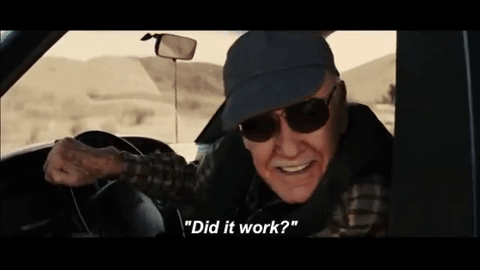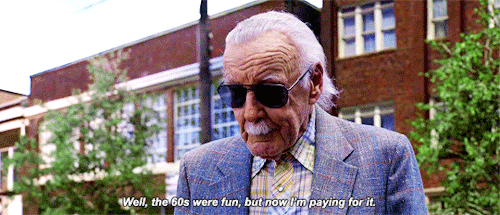Oh, the many, many portrayals we have of black police officers from the black beat cop to the black commissioner. From Mod Squad to Law & Order‘s three-decade run across 65 seasons, In The Heat Of The Night (1967) to Bad Boys III (2020), they are nothing new to our eyes. The question is, why are we seeing more and more of this hyper-specific form of representation in the wake of so many high-profile cases of police brutality and corruption? Why does it feel like black folks have become the face of American law enforcement and the military on screen? The Obama years ushered in the intoxicating fantasy of a post-racial America where interracial couples appear in auto insurance commercials and Kendrick Lamar gets invited to the White House for a 4th of July barbeque. It was the era when many of us got our first smartphone and Brooklyn 99 started its eight-season run. You might not think these events were fundamentally at odds, especially considering the Obama campaign’s ability to utilize social media effectively to win elections, but they were. While mainstream America patted itself on the back for electing its first non-white male president, a critical mass of police brutality footage caught on iPhones and Galaxy+ cameras began appearing with increasing frequency across social media. Black folks oscillated between images of gilded White House galas awash with black celebrities and artists celebrating Black excellence to videos of the state-sanctioned murder of our people in broad daylight. One reality seemed to negate the other. Was America becoming the dream it always promised us or was it finally being seen for what it really is? Donald Trump’s ascendancy became the answer to this question.
These days it seems audiences are swimming in black copaganda while our president, carried into office on the back of the BLM movement’s 2020 voter registration campaign, calls for even greater funding of the police. We’re not just the good apples on screen either, we’re the nasty and the incompetent ones too. We’re all the parts of the basket that you can see. The deluge is meant to placate us. For every black face in authority, for better or worse we are to ask ourselves, is this really something you want to tear down? And yet there is such a drought of film and television that speaks to the racial realities of being a black police officer. In this piece, I will highlight two films that go against the copaganda grain in their unflinching portrayals of what it means to be black in law enforcement. Christopher St. John’s Top of the Heap (1972) and Bill Duke’s Deep Cover (1992).

Before we go any further it will be useful to provide a quick definition of copaganda for readers unfamiliar with the term. Mark Anthony Neal outlines the term and its function in his piece, “Copaganda: How pop culture helped turn police officers into Rock Stars — and Black Folks into Criminals,” which is a great read that I recommend:
“Copaganda — the reproduction and circulation in mainstream media of propaganda that is favorable to law enforcement — has long been a tool to disrupt legitimate claims of anti-Black violence. Simply put, copaganda actively counters attempts to hold police malfeasance accountable by reinforcing the ideas that the police are generally fair and hardworking, and that “Black criminals” deserve the brutal treatment they receive. Such cultural framing has been critical to buttressing the need for a more expansive criminal justice system that fuels mass incarceration.”

TOP OF THE HEAP (1972)
Dir. Christopher St. John
Streaming: Plex, Tubi, Amazon
Continually passed over for promotion, loathed by his community, and resented by his family, D.C. Officer George Lattimer is a pulsating ball of rage ready to unload on any petty offender in his path. Living in financial constraints and watching the years pass him by, George is trapped between the badge and his people. He is painfully aware of the department’s racism, that no matter how many exams he takes, no matter how many hours of overtime he puts in, he’ll never advance. But back out on the street, he is reminded at every turn that the shield is often the only thing standing between him and the bitter ire of post-civil rights era white America.
Top of the Heap doesn’t mince words and the story has no attachment to whatever supposed valor there is for black officers. George acts as a willing weapon for a racist state. He is hardworking but untrustworthy, strong but cruel. He’s the sort that’s more likely to kick a door in than walk cooly into a room. He offers no down-home wisdom and he has no catchphrases. The man is real uptight. Paula Kelly, his unnamed side-piece, tells him he ought to loosen up and get his head right but even an orgasm can’t relax him. At the heart of the story is George’s mother’s passing and his inability to grieve, to let his guard down for even a second.

There is so much emptiness in George’s pursuit of meaning and prestige on the police force. When he reaches the point of emotional and spiritual despair and tells his wife he wants to quit the force, he finds little sympathy in his wife who reminds him that he is supporting a family and does not have the luxury of changing careers. There is no Hollywood reprieve to be found, and no sudden opportunities emerge. This is a profoundly sad film. I cried on both watches. NASA becomes an allegory for serving, as a wish for escape, as a fear of total isolation. The moonbeams in his spacy visions harken Curtis Mayfield’s premonition on Freddie’s Dead, “We can deal with rockets and dreams / But reality / What does it mean?” Nothing tops his dance with his mother though. I melted.

DEEP COVER (1992)
Dir. Bill Duke
Streaming: Rentable on Apple and Amazon
We open with tragedy as young Russell Stevens watches his junkie father gunned down on Christmas Eve after a robbery gone awry. Traumatized, he swears he will never let this happen to him. Born poor and black, Stevens is yet unaware he was lost at birth. Flash a couple decades ahead and we find him behind a badge working for the Cincinnati Police Department. When asked why he became a cop, he says, “Because I wanted to be of some use…to make a difference somehow.” The first shot inside the station opens with a racist question from DEA Special Agent Gerald Carver that serves as the answer to everything we need to know about how the organization moves. The question stuns and disqualifies the first two black officers but not Stevens. We learn that his psychological profile scores “almost exactly like a criminal. Resents authority. Rigid moral code…but with no underlying system of values.” Thus, he is recruited to go undercover in Los Angeles. For how long? “Six months, a year, five years,” Carver waffles without clarity.
Fresh off the set of Boyz N the Hood (1991), Lawrence Fishburne steps away from the enlightened consciousness of Jason “Furious” Styles Jr. into the angry uncertainties of Russell Stevens (John Hull) without Fishburne sacrificing any of his inherent cool. In the street, the divisions in his psyche profile play out. While attempting to get closure to a seller he witnessed the murder of a young boy selling on the corner and reports this to Carver who seems sincerely puzzled by Stevens’ morals and brushes the event off. The longer he stays under, the more he sees, and the more he sees, the more he loses grip of his sanity. All he wants is to bring the investigation to its conclusion, to bag the seller at the top, and come back into the fold. But was stopping the flow of drugs in the community ever really his assignment?

In my rewatch, I was struck by Duke’s ability to weave in a real-life geopolitical context. The further down the rabbit hole we go, the more the United States federal and state law enforcement becomes undeniably complicit in the crack boom. The DEA is sponsoring the flow of cocaine out of Central America into low-income black communities in southern California to fund the right-wing contras rebelling against the Sandinista Revolution 1978-79 in Nicaragua.
Stevens: What is he, the new Noriega? He helps you fight communists, you Iet him bring in drugs to sell it to niggers and spics, and you use me to do that shit?
Carver: You violated orders! Don’t make a conspiracy of it!

Stevens is trapped between a superior officer who boasts of himself as God, pressuring him to lose himself in his undercover persona, and a black LA detective steeped in Christian moralism who equates selling drugs to putting a loaded gun to someone’s head. Neither can have his best interests in mind. We leave Stevens just as complicated as we found him. His true allegiance is left muddled and his sense of self is fractured, perhaps indefinitely. We are left with a question:
“We took eleven million in drug profits out of the van. The money doesn’t know where it comes from, but I do. If I keep it, I’m a criminal. If I give it to the government, I’m a fool. If I try and do some good with it, maybe it just makes things worse. Either way, I’ll probably just wind up getting myself in more trouble. It’s an impossible choice, but in a way, we all have to make it. What would you do?”
Wrap-Up
In Charles Burnett’s short film Quiet As Kept (2007), a New Orleans family scraping by on FEMA funds in the wake of Hurricane Katrina debate going to see a movie. What is playing worth the $11 price of admission? The mother, Sharial C. Lee, laments the lack of substance available, saying, “A black movie- it would have told us what was going to happen when Katrina hit. It would’ve told me where I stood in this country. Just like Emmitt Till told my father where he stood.” This perfectly encapsulates the urgency and the responsibility of our current political landscape where slogans like “Defund the police” have been drowned out, where endless reforms lead to bigger budgets and flashier toys to brutalize unarmed civilians. These works of film by black writers and directors are a sorely needed antidote to the pacifying narratives we are fed daily of the police being our protectors and our friends. They remind us exactly where we stand.
Supplemental Resources I Didn’t Discuss (if you want to learn more)








